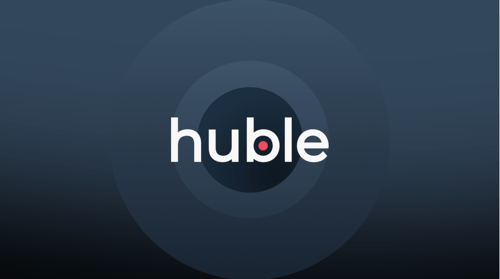How would you describe your behaviour on social media? Do you tweet your opinions and emotions as they change throughout a day? Post videos as you find something funny? Send voice messages to your friends?
How does your company behave on social media? Do they tweet the latest craze sweeping the office? Is it constant promotion of products or news? Do you have a social media strategy with guidelines and a dedicated resource or is it a case of whoever has a free moment picks up the slack?Either way, it’s hard to imagine a world without social media or indeed using social media with the mobile technology of the late 90s - using something as archaic as a Nokia 3210 with extremely limited coverage, no photography, no imagery, no video, no colour, only polyphonic ringtones. Sending 12p text messages was as creative as it got.
2004 saw the first Nokia with a camera, while 2007 saw the world change as we adopted the first real smartphone – the iPhone. Mobile devices improved, technology improved, mobile ‘apps’ were born. Facebook went mobile and then we got Twitter, then Instagram, Vine, YouTube, Whats’App - hell some of us even got Tinder! All of these platforms can be accessed by taking our mobile phones (or tablets) out of our pockets because devices today are light and fit perfectly in our hands. However, now we’re going one step further and removing the need to reach into your pocket or interact with your tablet via its indestructible case. With smart watches, smart glasses and the amount of wearable technology being used set to become more popular, what does this mean for the use of social media?
How long is it before mass audiences are tweeting using their smart watch? Sooner or later you’ll look at someone and think they’re taking a long time to work out the time, before realising they’re speaking to their watch. This person won’t be checking the time, they’ll be ‘checking in’ or filtering their Instagram photo, they might even be on Skype or Facetime.
How many people have you seen with Google Glass? Probably not many at the moment, however if you’re at a music concert in five years time then it could be a very different experience. The technology is there to be able to tweet or update a status, capturing an image or video without having to move your hands. It’s almost a live stream of your life. Magnify this onto events that capture a global audience such as the Olympics or The FIFA World Cup. Within seconds of a Gold Medal or goal scored videos giving a fans point of view in the crowd will swamp social platforms.
But what will this change of social media behaviour mean for business? With Snapchat and Instagram being the two latest platforms to offer advertising services, being able to interact on a social media platform without taking a device out of a bag or pocket is something organisations will need to get used to, as it’s going to be even harder to respond to audiences in a timely manner. Increasing the speed and ease of which we, as consumers, can contact businesses to complain or compliment a service, a restaurant, a film or maybe provide updates about the latest train delay will change the way in which we use social media – especially when you take into consideration Facebook’s move into the world of business to offer a rival to LinkedIn.
Wearable tech will increase the chance of communication between the business and the consumer. The potential for retail brands is enormous – imagine that as soon as you walk into a store, a brand pings a notification offer to the device strapped around your wrist, or even enables a notification come up in front of your eyes via a piece of technology like Google Glass? It will begin to blend a virtual world with the real world. As you’re walking down the high street certain shops pop up advertisements in your Google Glass giving you 20% off for the 10 minutes you’re in the area – this type of real-time interaction, if achievable, will revolutionise consumer behaviour.
It’s almost certain that social media platforms will have to adapt in order to survive in a hugely competitive market. But the challenge for businesses will be how to leverage these changes for their own gain. Wearable tech will change the way we behave as individual consumers, so brands on the front line of B2C interactions will have to think carefully about what this means for their own social media profiles.
However as for B2B organisations the change might not be adopted as easily as the purchasing decisions still remain with the few and require much more informed decisions than what can be gained from near real-time social media interactions. The ability to put something in front of people’s eyes is huge, which is why Google is investing so heavily in the idea, but it also a huge challenge to get it right without intruding on a person’s everyday life.
To find out more about how we can help you with your social media marketing, please click here to see our Marketing and Growth services or book a free meeting with us to discuss how you can use social media to help grow your business.










-3.png?width=500&height=320&name=Matt%20-%20imagery%20bank%20(8)-3.png)

